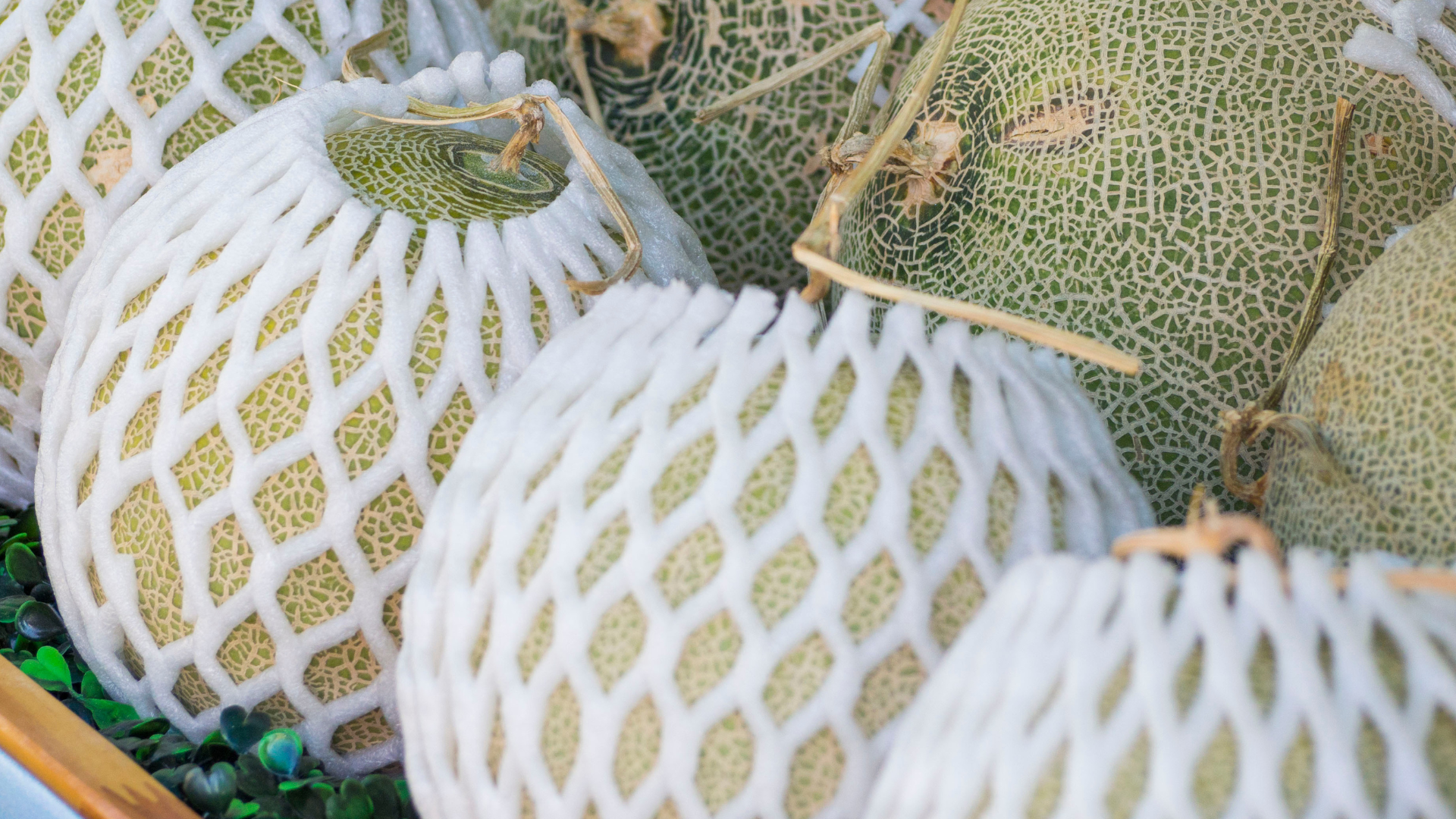In our earlier article, we discussed the challenges of transporting bananas, including carrier claims arising from failure to meet requirements and instructions or provide proper documentation. However, that’s not the only risk of transporting these beloved fruits. Bananas have a unique characteristic—they release a gas called ethylene. This gas plays a significant role in the ripening process of fruits. When melons and bananas are transported together, it becomes crucial to keep them far apart. Why,
you ask? Well, melons are fruits highly prone to the effects of ethylene gas, which can accelerate their ripening and potentially lead to damage.
This article highlights the risk for carriers when ethylene exposure is not in control and how claims can be prevented.
Handle melons carefully
While the melon industry may not boast the staggering figures of a 36-billion-dollar business like bananas, these delectable fruits have earned their place in the global fruit market. The melon industry embodies precision and unwavering commitment to quality. However, the journey of transporting melons comes with its unique challenges.
Melons are susceptible to physical damage, making careful loading, unloading, and secure packaging vital to prevent bruising and spoilage. Ensuring gentle handling techniques is essential to guarantee melons reach their destination in optimal condition.
When loading and unloading melons, it’s crucial to avoid dropping or bumping them, as even minor impacts can result in bruising and spoilage. Secure packaging, such as cushioned crates or foam padding, provides an additional layer of protection, minimizing the risk of damage during transit.
Keep bananas at a distance
To ensure the transportation of melons in optimal and consistent quality, it is crucial to maintain a distance from bananas. Placing containers of melons too close to containers of bananas can give rise to issues concerning the ripening process of both fruits.
Bananas naturally release ethylene gas, which serves as a ripening agent not only for bananas but also for surrounding fruits. Ethylene can expedite the ripening process of nearby fruits, resulting in quicker maturation and softening compared to normal conditions.
Melons are highly sensitive to ethylene gas, as they readily absorb the gas emitted by bananas, resulting in premature ripening that can adversely affect their texture, sweetness, and overall quality. Overripe melons may not possess the desired taste and are prone to spoiling more rapidly. Next to that, the heightened sensitivity of melons to the gas leads to an increased risk that an entire cargo could arrive at their destination in a state unfit for sale. Safeguarding the integrity of the melon cargo becomes paramount to ensure that these fruits reach their destination in a marketable condition.
Carrier’s responsibility
If the melons and bananas are placed in separate containers during transportation, and the carrier mistakenly positions these containers near each other, there could be potential repercussions. In such a scenario, the carrier may be held accountable if cross-contamination occurs, leading to a compromised quality of the fruits.
It is the responsibility of the carrier to maintain the appropriate distance between containers with different types of fruits to prevent cross-contamination.
Control the ethylene exposure
To mitigate these consequences, the carrier must implement proper protocols to prevent cross-contamination from happening. The protocols should include:
- maintaining appropriate separation between different types of fruits during transportation;
- ensuring adequate ventilation;
- using ethylene-absorbing materials or technologies to prevent cross-contamination.
Controlling the ethylene exposure helps maintain the quality and freshness of both bananas and melons during transportation or storage.
In another recent article, we wrote about the challenges of transporting bananas over sea and the claims that can occur for carriers not meeting the requirements and instructions or not documenting that they do. Are you curious? Click on the link for a guide to claim-free banana transportations.




